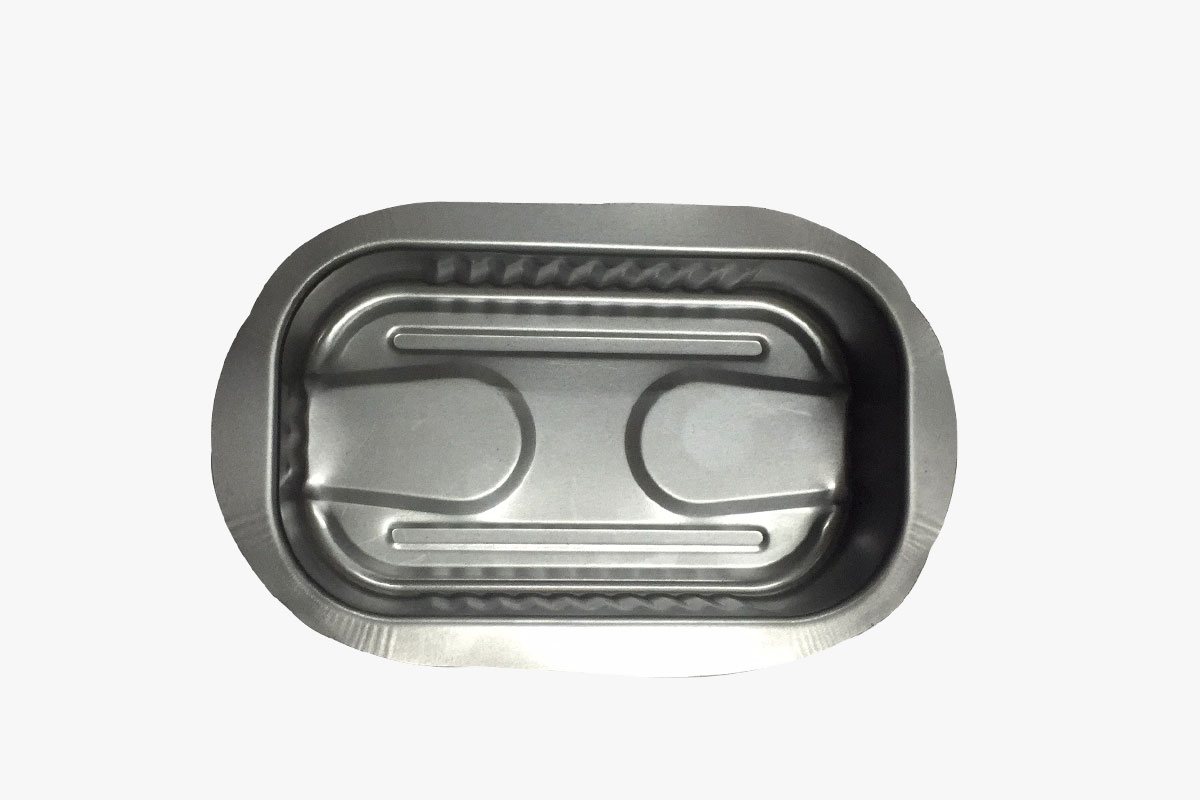

The manufacturing process for Tinplate Cans begins with […]
The manufacturing process for Tinplate Cans begins with a tinplate can. This metal is not inert and can become corroded with contact with highly acidic food. The metal is coated with a protective layer called a lacquer, which prevents the metal from reacting with the contents. The coating is made of a resin solution and a drying oil complex that dries into a hard film.
The closed-loop process is used to manufacture tinplate cans. The steel used in these cans is 100% recycled. This means that they are perpetually recyclable. During the production process, Hoffmann Neopac collects the scrap steel from household recycling. The resulting tinplate cans are 100% recyclable. In this way, they help protect limited primary resources and reduce CO2 emissions. In addition to being recyclable, they are more cost-effective than glass or plastic.
These tinplate cans are made from 100% recycled steel. This steel is collected from household recycling and melted down into tinplate. This process ensures that the tinplate cans are perpetually recyclable. This makes them a great choice for environmental-friendly packaging. In addition to reducing pollution and increasing consumer safety, tinplate cans are also environmentally friendly.
The tinplate cans market is expected to continue to grow in tandem with the changing consumer preferences. A major driver of growth is the high rate of on-the-go food consumption. Beverage manufacturers are reducing the size of their packs, which is decreasing the space in which they can store their goods. Since they protect food from moisture, insects, and microorganisms, canned vegetables are considered a healthy, sustainable option.
In addition to their many benefits, Tinplate Cans are also extremely durable. The metal is resistant to oxidation and corrosion, and tinplate cans are resistant to shock and vibration. In addition, they have high airtightness, which is more efficient than other packaging materials. They also are moisture proof, light-shielding, and taste-preserving. This makes them an excellent choice for both retail and industrial applications.
The tinplate can market is estimated by a research methodology that incorporates extensive market data from key manufacturers around the world. In-depth product mapping is done to determine the sales revenue of tinplate cans. It also helps identify which companies produce the tinplate metal boxes. There are several different types of tinplate metal boxes available in the market. Some companies use tinplate to produce gift cans and other items.
A major challenge for Tinplate Cans is the high cost of tin. Unlike the other types of cans, tinplate is cheaper to produce. As a result, the price of tin-plated cans can vary considerably across countries. However, tin-plated cans are cheaper than non-tin-coated cans. This metal is used in some containers and on the fixed ends of processed food cans.

Recommended Products